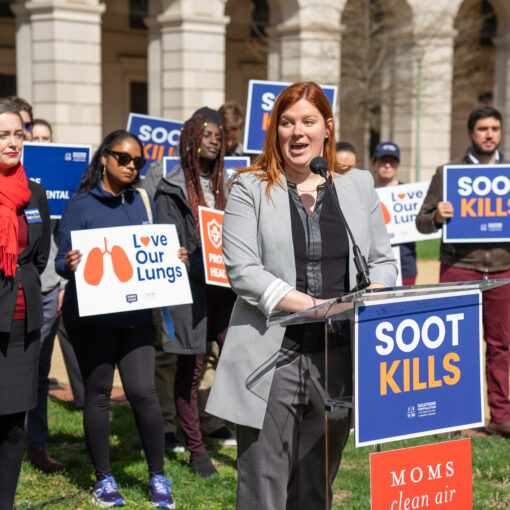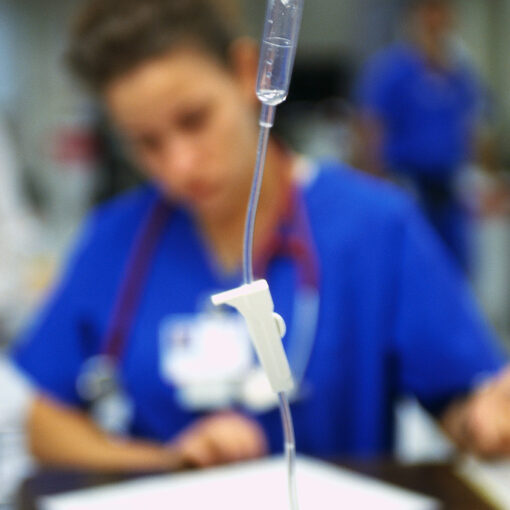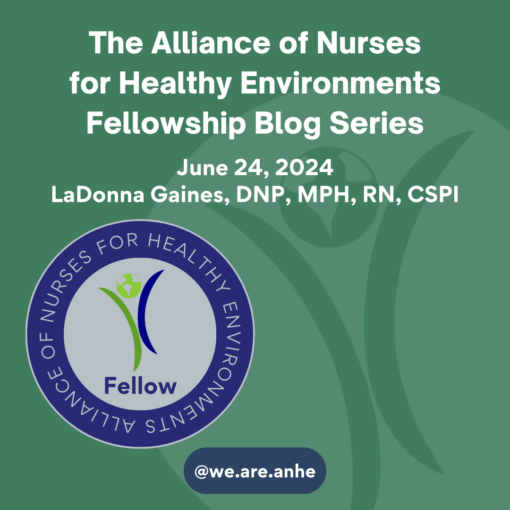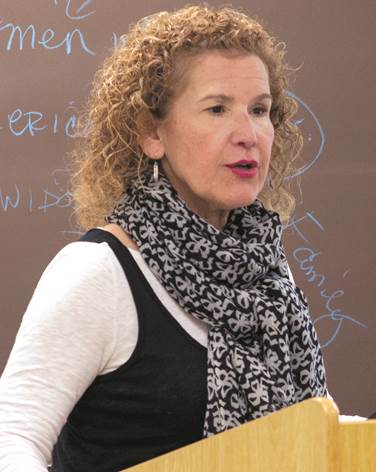 By Adelita G. Cantu, PhD, RN
By Adelita G. Cantu, PhD, RN
Associate Professor
UT Health San Antonio
School of Nursing
In this guest blog post, Dr. Cantu describes how she’s working with Hispanic youth in San Antonio to help them make the connection between health and the environment. Enjoy!
I very much enjoy living in San Antonio, TX. San Antonio is where I grew up and then came back to after educating myself and experiencing life in other locations. And so do other people – San Antonio is expected to add 1.1 million people by 2040. The question is whether San Antonio will be able to manage that type of expected growth. There are things that are happening right now that give me pause to think so.
Recent San Antonio air monitoring data show that the region is poised to be designated in “nonattainment” by the U.S. Environmental Protection Agency by October 2017. In our 8-county region, cars, trucks, construction equipment and other relatively small emitters are producing much of the air pollution in the region. When combined, they are the source of more than 77 percent of nitrogen oxides and 98 percent of volatile organic compounds, which form ozone, according to 2014 state data. This is now a real problem that all of San Antonio is going to have to address in order to ensure our sustainability while managing growth. The Air and Health Collaborative was recently formed as a mechanism by which to inform the community about the adverse health effects of air pollution, how to protect those most vulnerable to the effects of air pollution, and how to improve local air quality.
San Antonio is a minority majority city and over 60% of residents are Hispanic. Many are living in or near urban areas, which makes them disproportionately impacted by air pollution. So, in fact, the current “nonattainment” in San Antonio can be considered an environmental justice issue. In response, our Collaborative, with a grant from the Aetna Foundation, formed the Youth Leadership Air Quality Academy. Our goal is to be a model for engaging Hispanic youth in leadership activities aimed at future environmental sustainability. Our project works to empower low-income, predominately Hispanic youth as citizen scientist leaders in taking action to protect the health of their communities from the adverse health impacts of poor air quality.
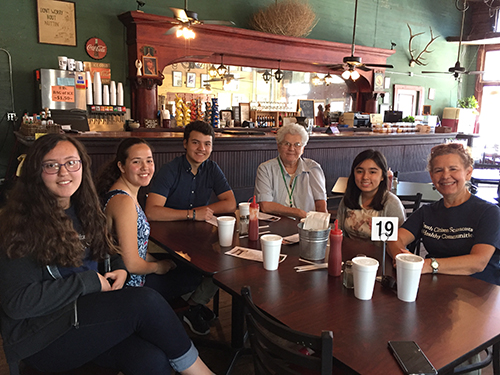 Two cohorts have gone through the Academy curriculum, which includes educating and training the youth about the health impacts of air pollution; how to measure concentrations of the most prevalent air pollutants in their metropolitan areas (ozone and particulate matter); develop strategies for improving air quality, and how to communicate and message these strategies to their peers and communities.
Two cohorts have gone through the Academy curriculum, which includes educating and training the youth about the health impacts of air pollution; how to measure concentrations of the most prevalent air pollutants in their metropolitan areas (ozone and particulate matter); develop strategies for improving air quality, and how to communicate and message these strategies to their peers and communities.
On a recent Saturday we took the youth on a field trip to visit fracking sites at the Eagle Ford Shale. The Academy brought in a guest speaker from the Environmental Defense Fund who explained what fracking is and the health impacts. The field trip was then designed to given them a real-time look at how this impacts the community. The photo to the left was taken at our lunch stop in a small town called Nordheim, a community of only a bit over 300 people but yet through civic engagement was able to stop some of the harmful effects of fracking in their community.
We will continue the Academy into 2018, hoping to reach more youth who will understand the importance of sustainability and civic engagement.

